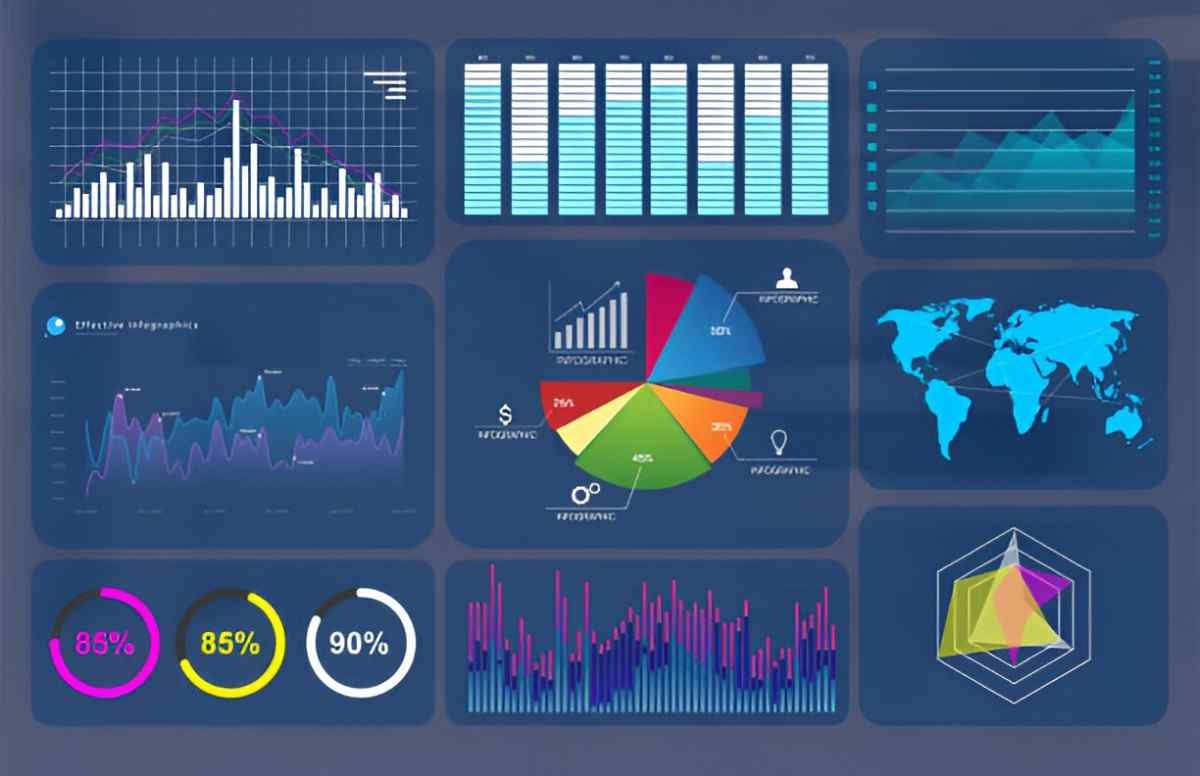Tracking project progress is not just about ticking off tasks—it’s about understanding whether a project is moving in the right direction, identifying risks early, and making informed decisions. As someone who has managed multiple projects across industries, I’ve seen how poor progress reporting leads to cost overruns, missed deadlines, and stakeholder dissatisfaction. In this guide, I’ll break down the fundamentals of project progress reporting, explain key metrics, and provide practical examples to help you measure success effectively.
Table of Contents
Why Project Progress Reporting Matters
Projects rarely go exactly as planned. Unexpected delays, scope changes, and resource constraints can derail even the most well-thought-out initiatives. Without a structured way to track progress, teams operate blindly, reacting to problems rather than anticipating them.
Consider a construction project. If the foundation takes longer than expected, the delay cascades into later phases, increasing costs. A progress report highlighting this early allows managers to adjust schedules or allocate additional resources before the issue worsens.
Key Metrics in Project Progress Reporting
Not all metrics are equally useful. I focus on those that provide actionable insights rather than vanity numbers. Below are the most critical ones:
1. Planned Value (PV)
PV represents the budgeted cost for work scheduled up to a specific point. If a project has a total budget of \$100,000 and 30% of the work should be completed by the end of Month 1, then:
PV = \$100,000 \times 0.30 = \$30,0002. Earned Value (EV)
EV measures the value of work actually completed. If only 25% of the work is done by Month 1, then:
EV = \$100,000 \times 0.25 = \$25,0003. Actual Cost (AC)
AC is the total expenditure incurred for the work performed. If the team spent \$28,000 by Month 1, then:
AC = \$28,0004. Schedule Variance (SV)
SV indicates whether the project is ahead or behind schedule:
SV = EV - PV = \$25,000 - \$30,000 = -\$5,000A negative SV means the project is behind schedule.
5. Cost Variance (CV)
CV shows whether the project is under or over budget:
CV = EV - AC = \$25,000 - \$28,000 = -\$3,000A negative CV indicates cost overruns.
Visualizing Progress with Tables
To make sense of these metrics, I often use tables for clarity. Below is a simplified progress report for a software development project:
| Metric | Calculation | Value | Interpretation |
|---|---|---|---|
| Planned Value (PV) | \$50,000 \times 0.40 | \$20,000 | 40% of work should be done |
| Earned Value (EV) | \$50,000 \times 0.35 | \$17,500 | Only 35% completed |
| Actual Cost (AC) | – | \$22,000 | Over budget |
| Schedule Variance (SV) | EV - PV | -\$2,500 | Behind schedule |
| Cost Variance (CV) | EV - AC | -\$4,500 | Overspending |
Advanced Techniques: Forecasting Future Performance
While tracking current progress is essential, predicting future performance helps in proactive decision-making. Two key forecasting metrics are:
1. Estimate at Completion (EAC)
EAC predicts the total project cost based on current performance. If the original budget (BAC) is \$100,000 and the Cost Performance Index (CPI) is \frac{EV}{AC} = 0.89, then:
EAC = \frac{BAC}{CPI} = \frac{\$100,000}{0.89} \approx \$112,360This suggests the project may exceed its budget by \$12,360.
2. To-Complete Performance Index (TCPI)
TCPI calculates the required efficiency to meet the budget. If we aim to stay within \$100,000, then:
TCPI = \frac{BAC - EV}{BAC - AC} = \frac{\$100,000 - \$25,000}{\$100,000 - \$28,000} \approx 1.04A TCPI > 1 means the team must work more efficiently than planned to avoid overspending.
Common Pitfalls in Progress Reporting
Many beginners make these mistakes:
- Over-relying on % Completion – Saying a task is “80% done” is vague. Instead, use measurable deliverables.
- Ignoring Non-Financial Metrics – Customer satisfaction, team morale, and quality metrics matter just as much as cost and schedule.
- Failing to Update Baselines – If the project scope changes, baseline values (PV, BAC) should be adjusted.
Real-World Example: A Marketing Campaign
Suppose I’m managing a \$50,000 digital marketing campaign with a 3-month timeline. After Month 1:
- Planned Work: 40% (\$20,000)
- Actual Work Done: 30% (\$15,000)
- Actual Spend: \$18,000
Calculating SV and CV:
SV = \$15,000 - \$20,000 = -\$5,000 (Behind schedule)
CV = \$15,000 - \$18,000 = -\$3,000 (Over budget)
This early warning allows me to reassign resources or negotiate additional funds before the situation worsens.
Best Practices for Effective Progress Reporting
- Use a Standardized Template – Ensures consistency across reports.
- Update Reports Frequently – Weekly or bi-weekly updates prevent surprises.
- Combine Quantitative and Qualitative Data – Numbers tell part of the story; include team feedback and risks.
- Automate Where Possible – Tools like Microsoft Project or Jira reduce manual errors.
Final Thoughts
Project progress reporting is not just about numbers—it’s about transparency, accountability, and informed decision-making. By mastering these techniques, I’ve been able to steer projects away from failure and toward success. Start with the basics, refine your approach, and soon, you’ll have a clear picture of where your project stands—and where it’s headed.





